Understanding the Mohs Scale of Mineral Hardness

The Mohs scale of mineral hardness is a fascinating and essential tool in the world of geology and mineralogy. Developed by the German mineralogist Friedrich Mohs in 1812, this scale helps us understand the scratch resistance of various minerals by comparing their hardness. Let’s dive into what the Mohs scale is, how it works, and why it’s important.
What is the Mohs Scale?
The Mohs scale is a qualitative ordinal scale that ranks minerals based on their ability to scratch softer materials. It ranges from 1 to 10, with 1 being the softest and 10 being the hardest. Each mineral on the scale can scratch those below it and be scratched by those above it. Here’s a quick look at the minerals that define the scale:
- Talc - Softest mineral, easily scratched by all other materials.
- Gypsum - Can be scratched by a fingernail.
- Calcite - Can be scratched by a copper coin.
- Fluorite - Can be scratched by a knife.
- Apatite - Can be scratched by a steel file.
- Orthoclase Feldspar - Can be scratched by a piece of glass.
- Quartz - Can scratch glass and is often used in watches.
- Topaz - Can scratch quartz.
- Corundum - Includes sapphires and rubies, can scratch topaz.
- Diamond - Hardest known natural material, can scratch all other substances.
How is the Mohs Scale Used?
The Mohs scale is primarily used by geologists and gemologists to identify minerals in the field. By performing a simple scratch test, they can determine the relative hardness of a mineral sample. This test involves scratching the unknown mineral with a reference mineral from the Mohs scale. If the reference mineral scratches the unknown sample, the unknown mineral is softer. If it doesn’t, the unknown mineral is harder.
Why is the Mohs Scale Important?
Understanding the hardness of minerals is crucial for several reasons:
- Identification: Helps in identifying and classifying minerals.
- Industrial Applications: Determines the suitability of minerals for various industrial applications. For example, diamond’s hardness makes it ideal for cutting tools.
- Gemology: Assists in evaluating the durability and wearability of gemstones.
- Educational Tool: Provides a simple and effective way to teach students about mineral properties.
Limitations of the Mohs Scale
While the Mohs scale is incredibly useful, it has its limitations. It is not a linear scale, meaning the difference in hardness between minerals is not consistent. For example, diamond (10) is much harder than corundum (9), but the difference between gypsum (2) and calcite (3) is relatively small. Additionally, the scale does not account for other properties like toughness or resistance to breaking.
Conclusion
The Mohs scale of mineral hardness remains a fundamental tool in geology and mineralogy. Its simplicity and effectiveness make it an invaluable resource for professionals and enthusiasts alike. Whether you’re identifying minerals in the field or selecting a durable gemstone, understanding the Mohs scale can provide valuable insights into the world of minerals.
I hope you found this overview of the Mohs scale informative! If you have any questions or want to learn more about specific minerals, feel free to ask. 🌟





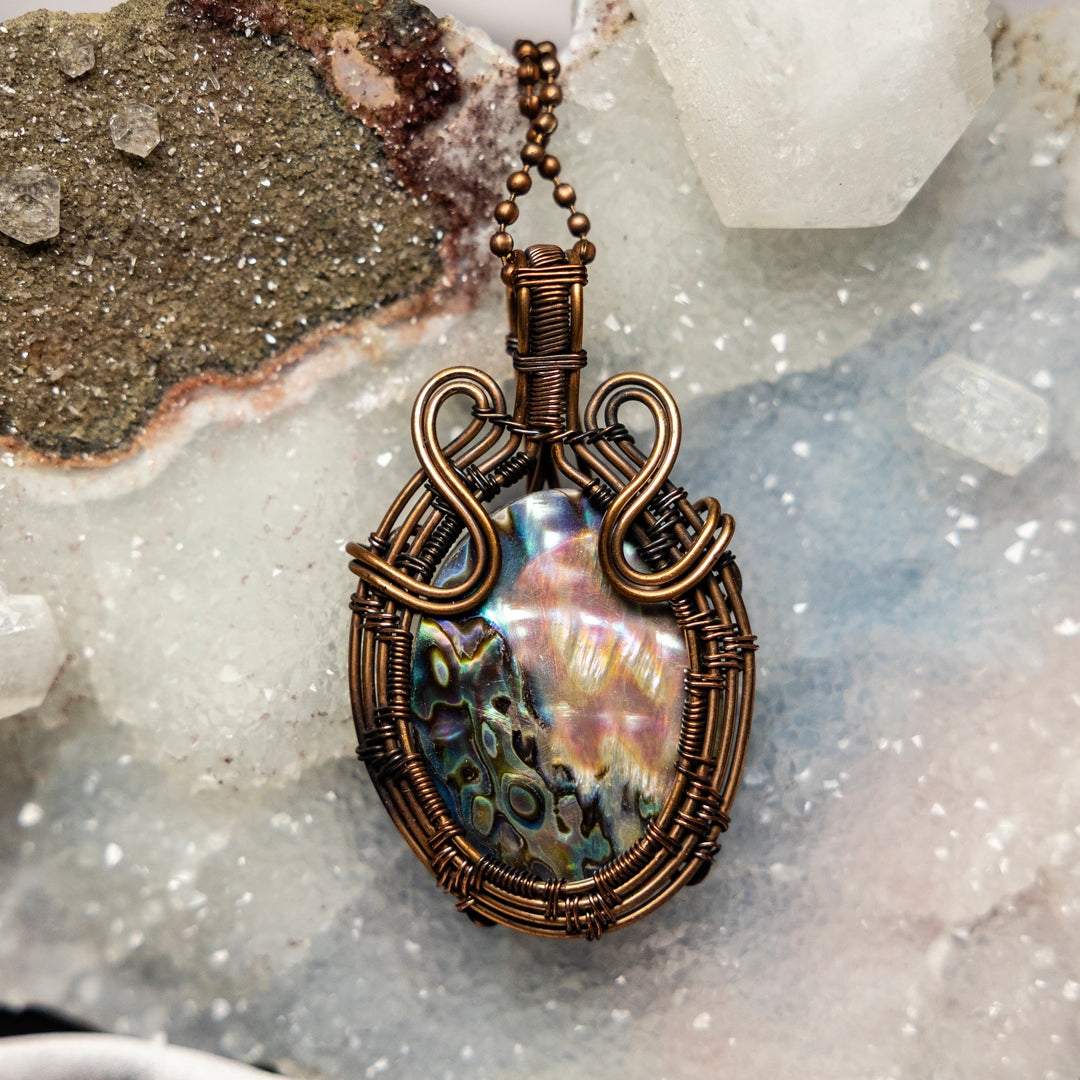
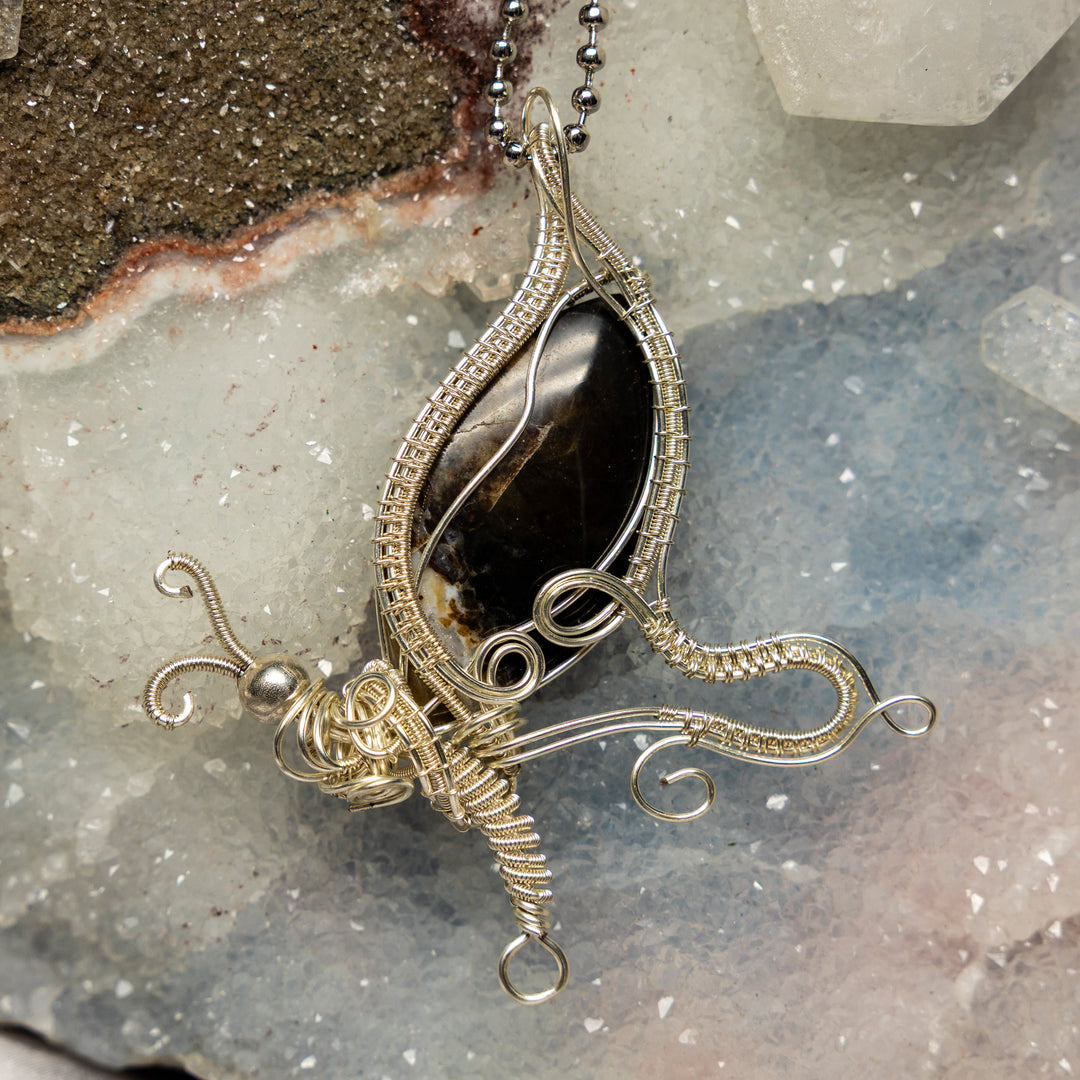
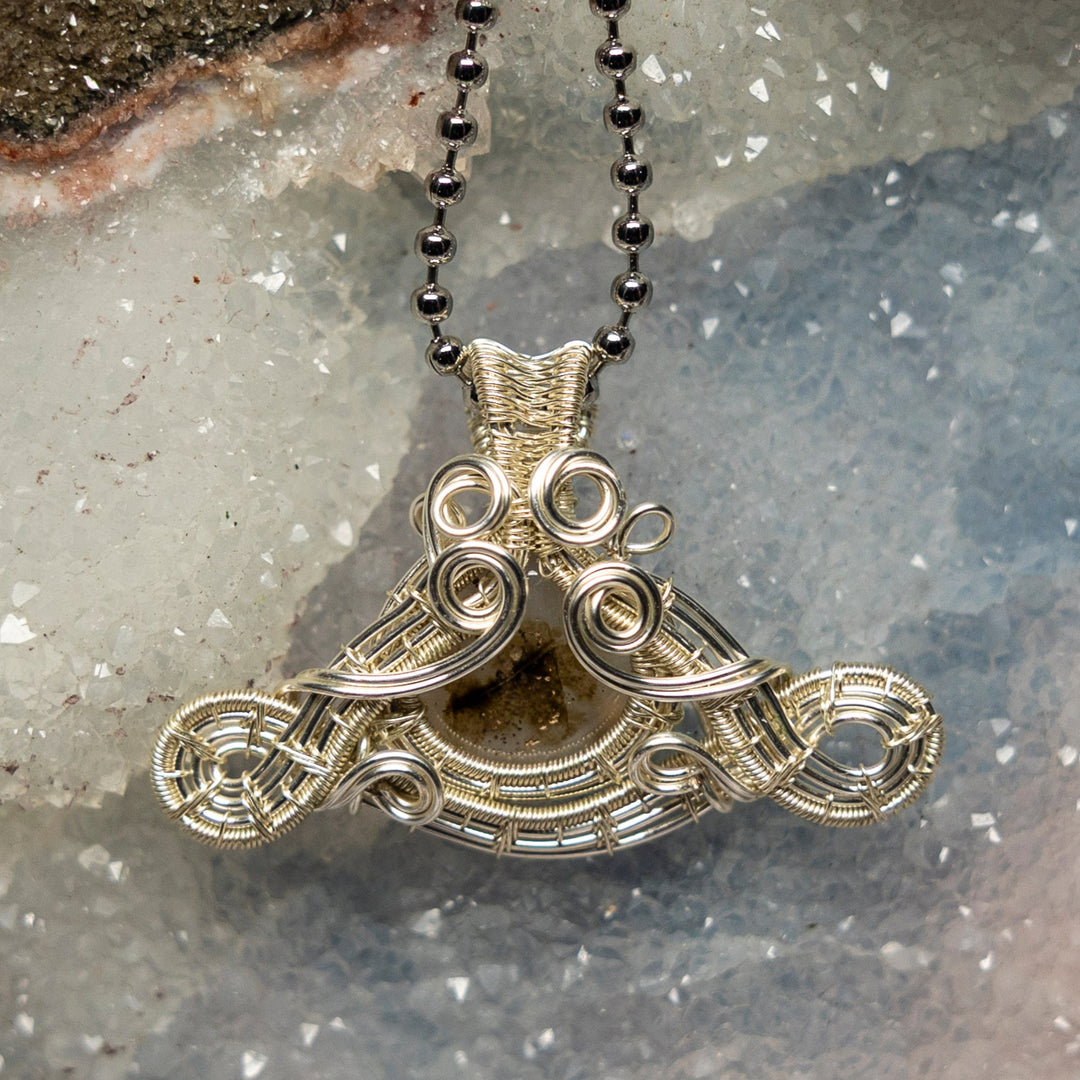
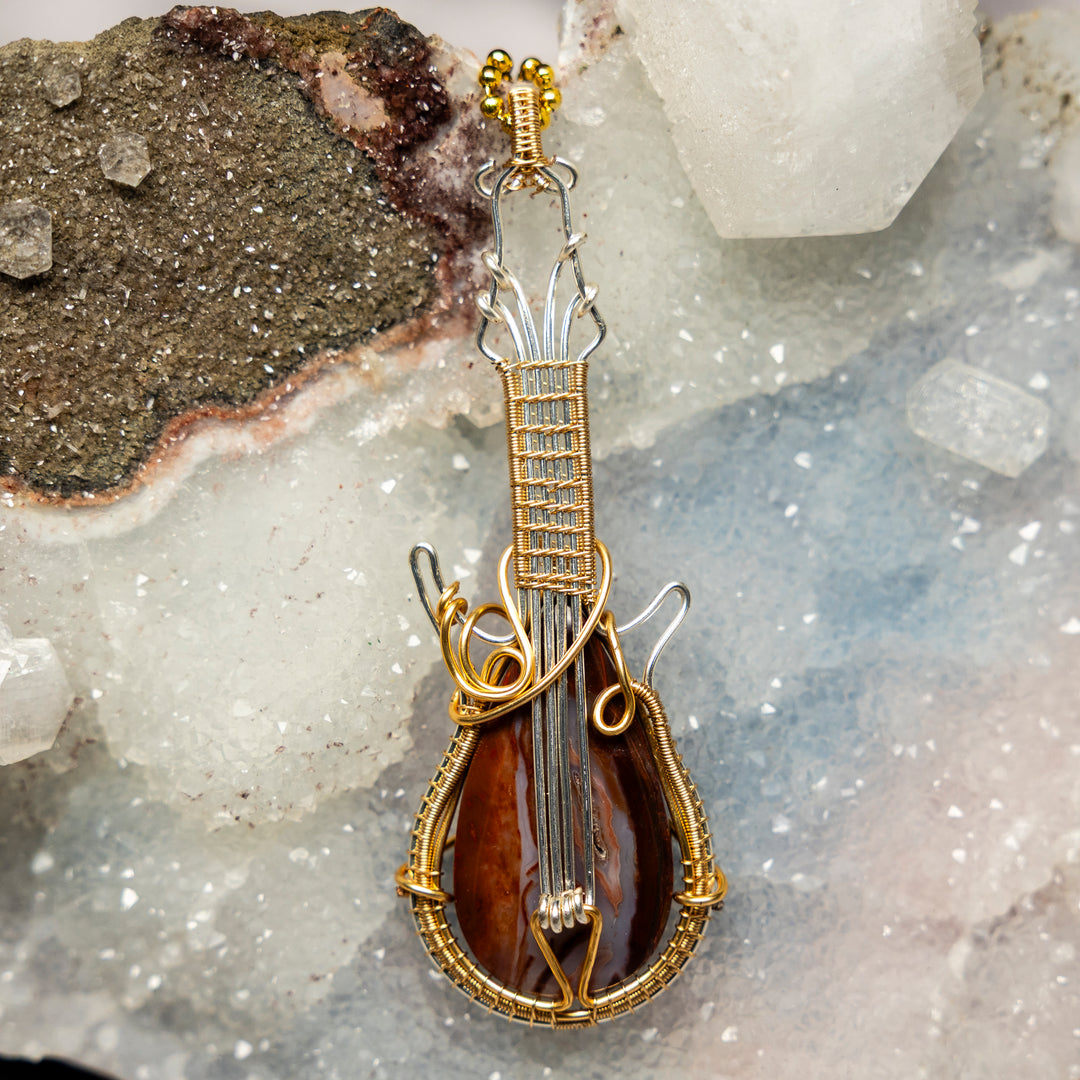
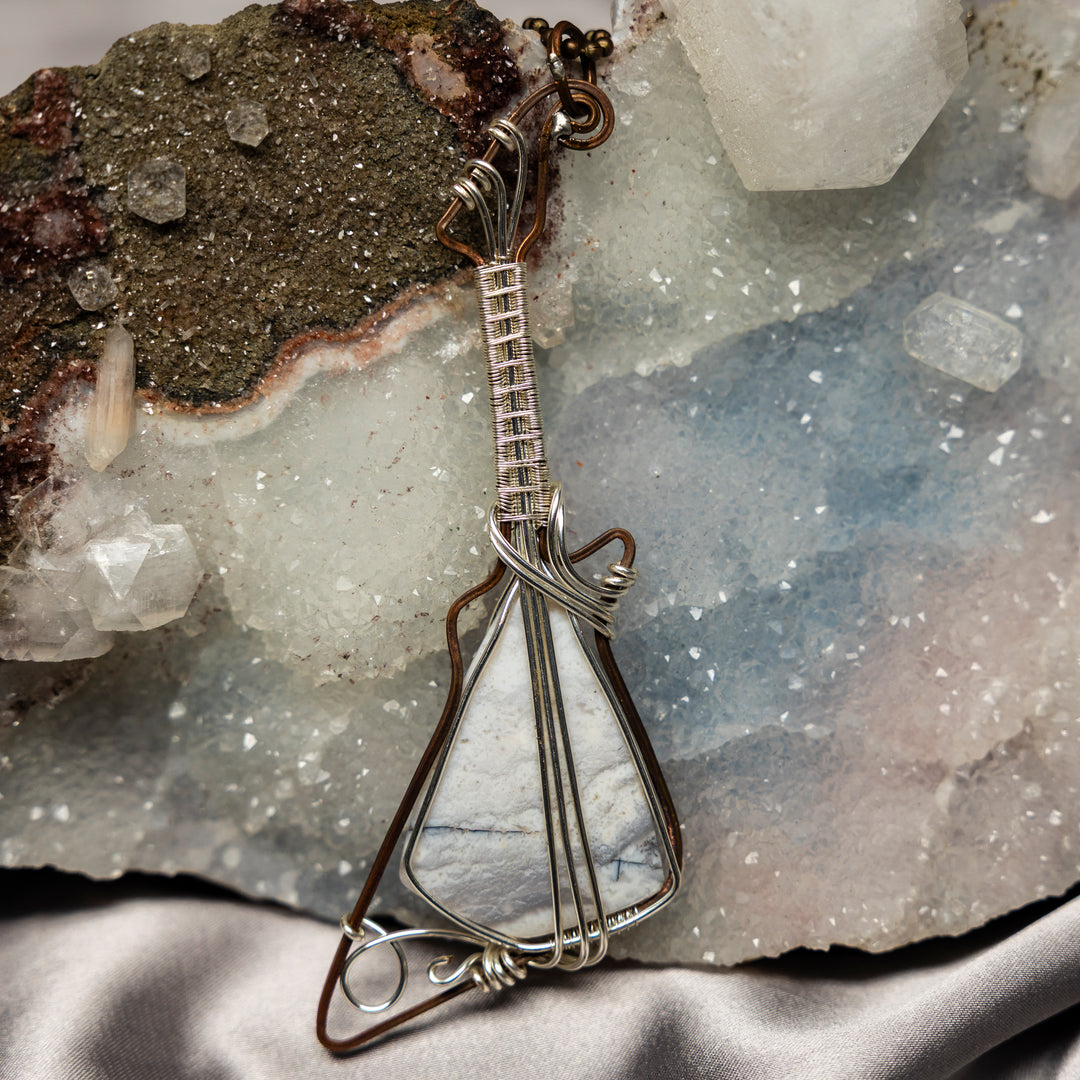








Leave a comment